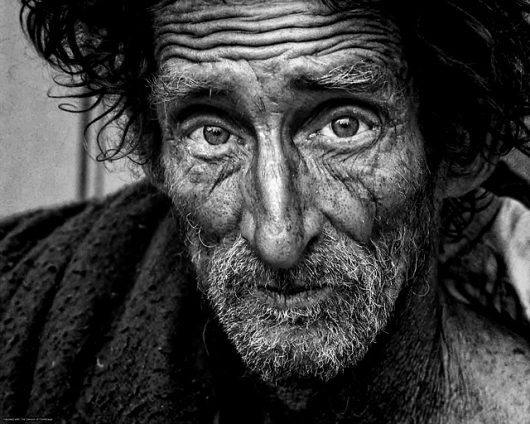 Despite the increasing awareness about world poverty that has arisen from globalization and heightened media coverage, there are still many misconceptions about the true nature of poverty circulating in high-income nations. Millions of Americans continue to share beliefs that simply contradict evidence. The following are five poverty myths vs facts:
Despite the increasing awareness about world poverty that has arisen from globalization and heightened media coverage, there are still many misconceptions about the true nature of poverty circulating in high-income nations. Millions of Americans continue to share beliefs that simply contradict evidence. The following are five poverty myths vs facts:
1. Myth: Low-income countries just don’t have natural resources.
Fact: Actually, most of the world’s developing countries have an abundant reserve of natural resources.
It was for that reason that the European nations who colonized in Africa and Latin America grew so wealthy from trading raw goods, such as tobacco or mined silver. The exploitation of these natural resources, which continues to happen to some degree today within the global economy, is why low-income countries have yet to benefit.
Even today, around 400 billion dollars in natural resources leaves the African continent each year.
2. Myth: There isn’t enough food to feed everyone.
Fact: It’s almost worse to think about, but we have enough food to feed everyone on the planet one and a half times over. Food just isn’t distributed fairly and efficiently. Rising food prices, national disasters and conflict all contribute to global hunger.
3. Myth: Impoverished people just need to have less kids.
Fact: The reason why people in low-income countries tend to have more kids is because they live in poverty. Prevention methods are often either culturally unacceptable or just unavailable. Studies have proven that educated, wealthier women have less kids— meaning that solving poverty could help with overpopulation.
4. Myth: Globalization is helping everyone. When the world economy booms, poverty will solve itself.
Fact: It’s a nice thought, but realistically most developing countries lag behind in economic growth. The recent improvements in global poverty reduction can mainly be attributed to China or India, who have experienced the most growth in recent years. However, for over half a billion people living in extreme poverty in unstable countries, the improvements have yet to manifest themselves— that number will grow without additional aid.
5. Myth: High-income nations are doing a lot to help low-income countries.
Fact: In regard to global poverty, this may be one of the most difficult realities for people to swallow. The average American believes that 25 percent of the budget goes to foreign aid, when in reality it’s less than one percent. Very few developed nations even meet their own standards for minimum foreign aid donations, much less give in full capacity.
Though these poverty myths vs facts may present a more sobering reality about the nature of global poverty, there is the hope that greater understanding is the key to developing greater solutions. As the final fact suggests, there is so much potential to do more and make an even bigger impact on those living in poverty today.
– Kailey Dubinsky
Photo: Pixabay
 A look at numbers alone illustrates
A look at numbers alone illustrates  Since the 1950s, the Barbados economy has been drastically overhauled. Transforming from a primarily agricultural economy to one that is primarily service and innovation oriented, Barbados has continued to modernize its economy over the past half century. However, a large part of its economy is based on the tourism industry – one that is notorious for slow growth – leaving 26.2 percent of the population unemployed.
Since the 1950s, the Barbados economy has been drastically overhauled. Transforming from a primarily agricultural economy to one that is primarily service and innovation oriented, Barbados has continued to modernize its economy over the past half century. However, a large part of its economy is based on the tourism industry – one that is notorious for slow growth – leaving 26.2 percent of the population unemployed. Ecuador’s
Ecuador’s 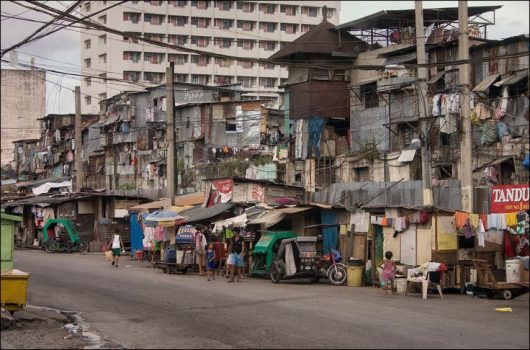
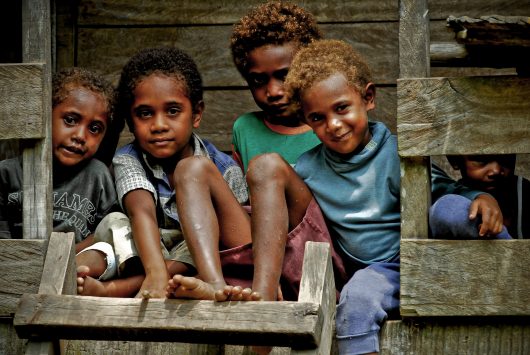 Papua New Guinea is located just north of Australia. Approximately
Papua New Guinea is located just north of Australia. Approximately 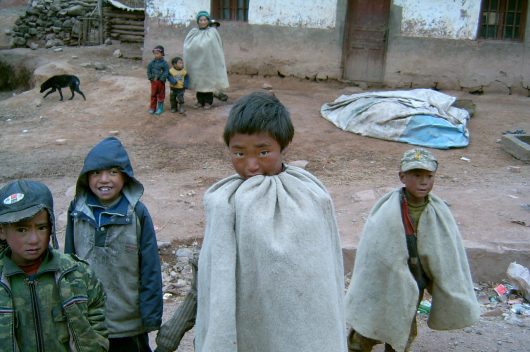 Ironically, China’s urbanization, which initially was seen as an improvement for the country’s economy, is now known to be one of the leading causes of poverty in China. The urbanization initiative, which began back in 2012, was
Ironically, China’s urbanization, which initially was seen as an improvement for the country’s economy, is now known to be one of the leading causes of poverty in China. The urbanization initiative, which began back in 2012, was  Tonga is a group of islands east of Australia and north of New Zealand. Tonga has relatively high rates of education and a productive health care system, however, there is still
Tonga is a group of islands east of Australia and north of New Zealand. Tonga has relatively high rates of education and a productive health care system, however, there is still  Situated in the mountains between Spain and France, it’s easy to forget about Andorra, one of the smallest states in Europe. Because of its duty-free shopping, winter sports and hot summers, it is a popular destination for the eight million tourists that visit annually. Travelers enter the country from either France or Spain, since it has
Situated in the mountains between Spain and France, it’s easy to forget about Andorra, one of the smallest states in Europe. Because of its duty-free shopping, winter sports and hot summers, it is a popular destination for the eight million tourists that visit annually. Travelers enter the country from either France or Spain, since it has 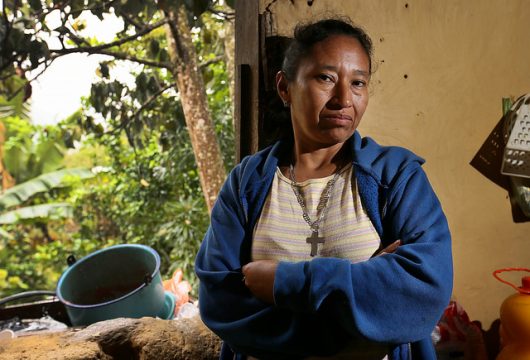 Honduras is one of the poorest, most vulnerable countries in the world. The
Honduras is one of the poorest, most vulnerable countries in the world. The 